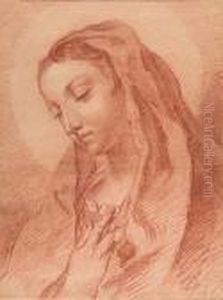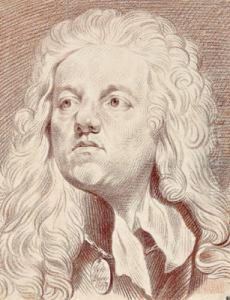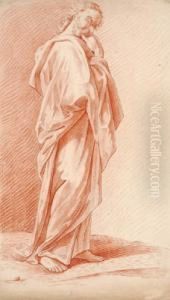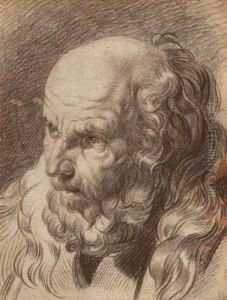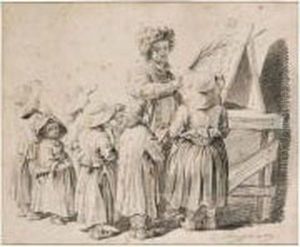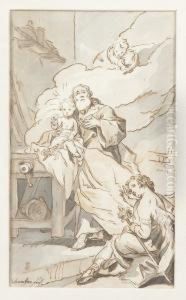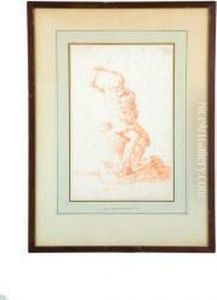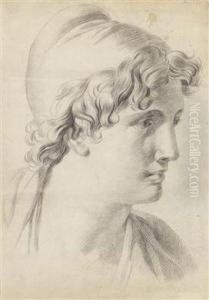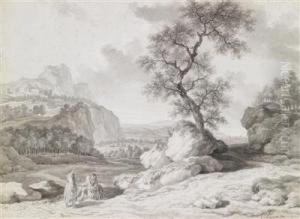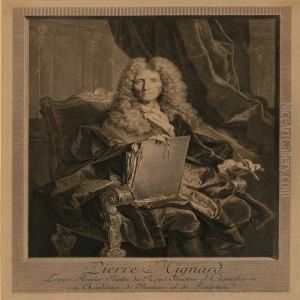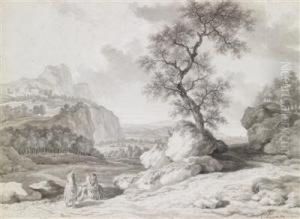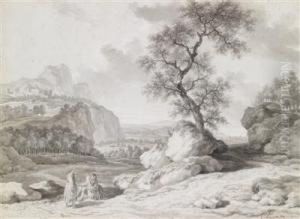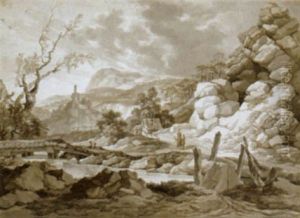Jakob Matthias Ii Schmutzer Paintings
Jakob Matthias Schmutzer, born on February 27, 1733, in Vienna, Austria, was a prominent engraver and director of the Imperial and Royal Court Engraving and Etching Academy in Vienna. Schmutzer came from a family of artists; his father, Johann Jacob Schmutzer, was also an engraver and undoubtedly influenced his son's career path.
Schmutzer's artistic journey began under his father's tutelage, where he learned the craft of engraving. He then continued his studies in Italy, a hub for artists seeking to refine their skills and absorb the rich cultural and artistic heritage. His time in Italy was significant in shaping his style and approach to art.
Upon returning to Vienna, Schmutzer's reputation as an engraver grew. He became renowned for his portraits and reproductive engravings after well-known paintings, which were critical in disseminating the works of other artists. His technical skill and attention to detail were evident in his works, which ranged from portraiture to religious and allegorical scenes.
In 1768, Schmutzer took a significant step in his career by founding the Imperial and Royal Court Engraving and Etching Academy, which became an influential institution in Vienna. As its director, he played a vital role in the education of many artists, contributing to the development of engraving as a respected art form. Schmutzer's leadership at the academy lasted until his death, reflecting his longstanding commitment to the arts and the training of future generations.
Throughout his life, Schmutzer received various honors and was appointed as an engraver to the court, which underscored his importance in the artistic community. His works were celebrated for their precision and the ability to capture the essence of the subjects he depicted.
Jakob Matthias Schmutzer passed away on November 9, 1811, in Vienna. His legacy continued through the academy he established and the influence he had on the students he taught. His contributions to the field of engraving and the art world at large have not been forgotten, and his works remain a testament to his skill and dedication to the arts.
